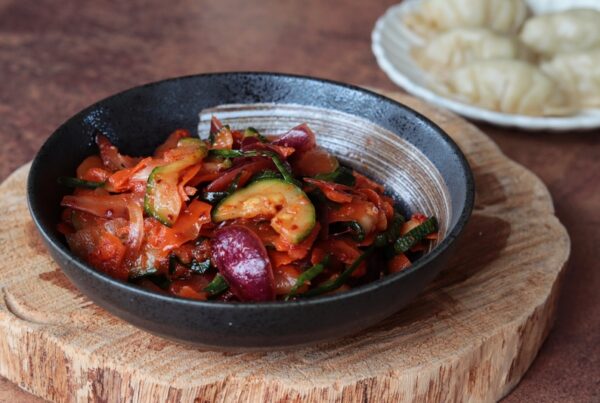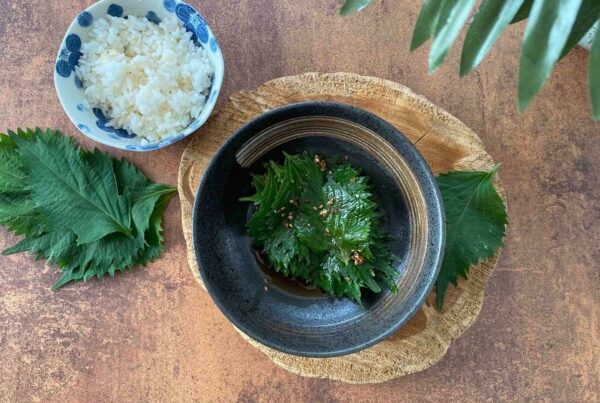
Dango dumplings are one of the traditional Japanese desserts. In terms of texture, they are a bit like chewy candies and are prepared sweet or added to various other desserts.
What is Dango?
The name “dango” could be generally used for rice dumplings made from glutinous rice flour or combination of glutinous rice flour and rice flour. These dumplings are then used to create sweet desserts, such as hanami dango, mitarashi dango, or kinako dango, as featured in this recipe. Alternatively, they are incorporated into various other desserts. In Japan, you might encounter combinations like ice cream, adzuki beans, whipped cream, and dango dumplings. A unique mix, isn’t it? They can also be added to a sweet soup made from adzuki beans, known as nabekko dango or more commonly as zenzai.

For various desserts made with dango dumplings, especially those on sticks, you’ll come across them on the streets in stalls in Japan because they are quite popular as street food, but they can also be easily bought in grocery stores. However, in my opinion, they taste best when freshly prepared.
What Kind of Flour Do You Need to Make Dango?
To prepare dango dumplings, glutinous rice flour is used. In Japan, specific flours such as shiratamako, mochiko, joshinko, or dangoko are designated for this purpose. Where I live, it is almost impossible to find these flours, and if available, they’re going to be really expensive. In the recipe, I used this flour from Thailand, which can be obtained from most e-shops selling asian groceries in our region. It seemed to me that the dumplings turned out quite well with it.
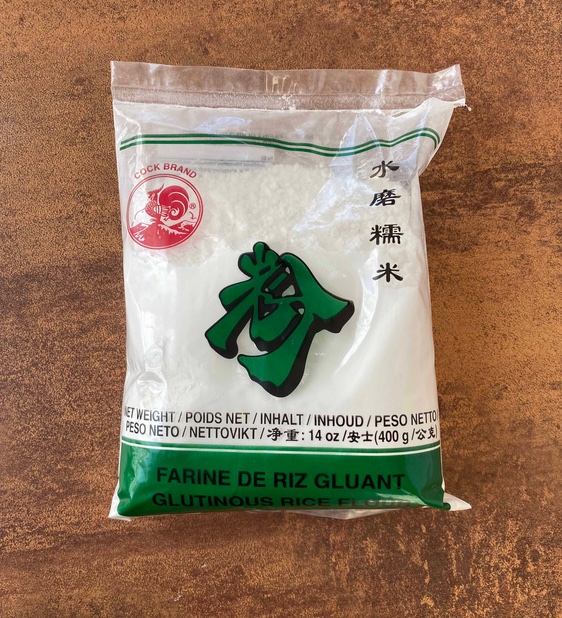
The dumplings are soft and quite sticky after boiling. After cooking, it is easier to handle them if you wet your hands with water; they won’t stick to your hands as much. Be cautious about the cooking time; if overcooked, they will become too soft and lose their shape. If you don’t use them all at once, store the remaining ones in a container with water in the refrigerator. They may become firm, so just warm them up before use.
What is Hanami Dango?
Hanami dango are especially popular during the sakura season. The word “hanami” translates to “flower viewing” (Hana = flowers, mi = to see). This dessert is visually appealing, but to some people, it might taste a bit plain. After all, it’s just a dumpling made from rice flour, slightly sweet, but without any additional glaze.
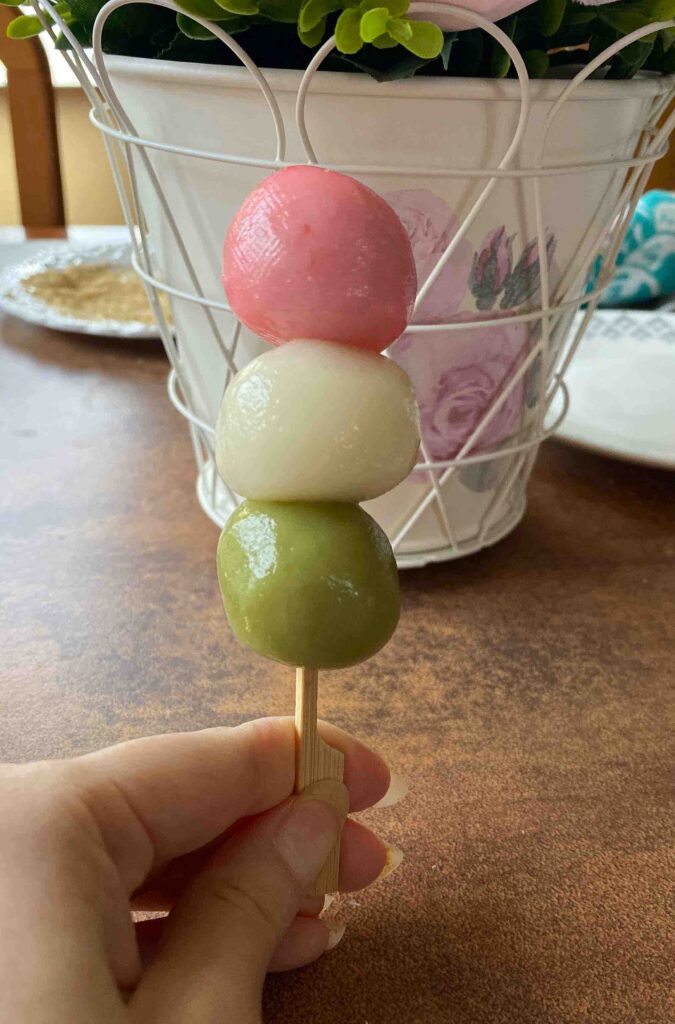
There are reportedly two theories explaining why these three colors are used in this particular order:
- They symbolize the transition from winter to spring. White represents the last traces of snow, pink signifies blooming sakura flowers, which later give way to green leaves.
- The second theory is that they symbolize the cycle of cherry blossom flowering. Pink buds, followed by white flowers, and then green leaves.
How to Color Dango Dumplings?
Traditionally, natural dyes were used for pink and green colors. For the pink color, purple shiso (perilla) or sakura pickles (sakura leaves pickled in salt) were used. Yomogi (a plant known as mugwort) was used for the green color. In Japan, yomogi mochi cakes filled with sweet adzuki bean paste are quite popular, too. However, outside of Japan, it might be challenging to find such ingredients.
For the pink color, I used food coloring, and for the green color, I used matcha powder. You can also try other natural dyes that come to mind, just ensure they don’t significantly affect the taste of the dumplings.
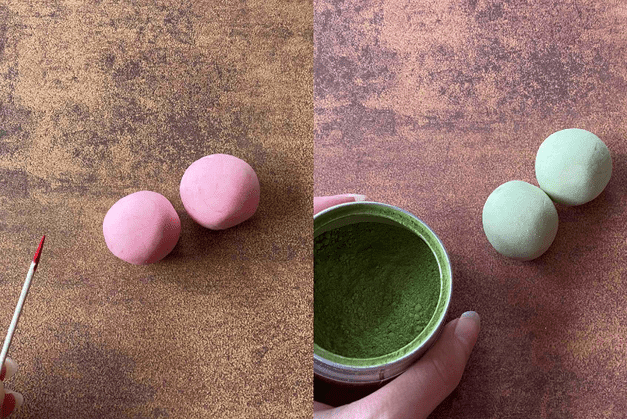
What is Mitarashi Dango?
Mitarashi dango is another popular type of dango dumplings. The base is the same, but the dumplings are additionally coated in a sweet sauce made from soy sauce, sugar, water, and potato or corn starch.

You can come across them quite often at stalls in markets or popular tourist spots, where they are sold as street food. Often, before being dipped in the sweet sauce, they are lightly grilled over an open flame or on a grill. At home, you can skip this step or simply grill the dumplings a bit in a pan.
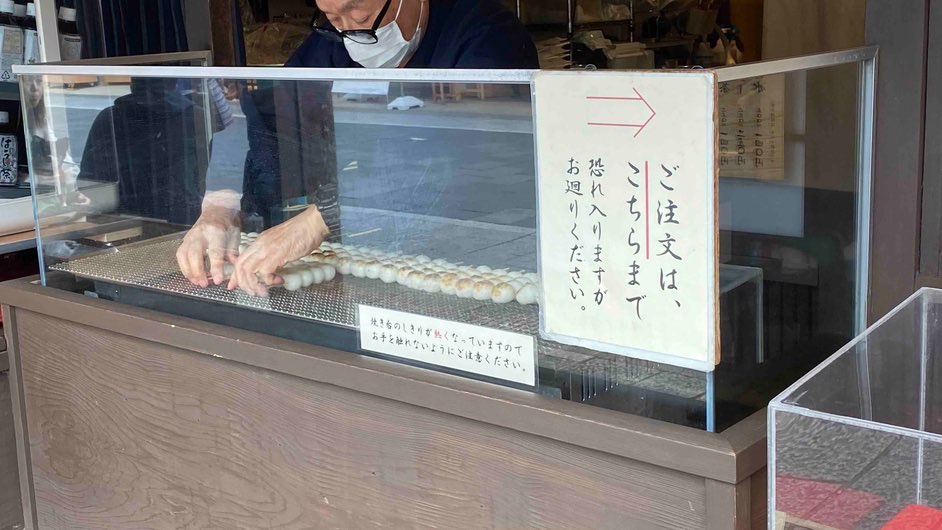
What is Kinako Dango?
Kinako is roasted soybean flour and is commonly used in the preparation of traditional Japanese desserts. It can be made at home by roasting or drying soybeans in the oven and grinding them into a fine powder. In Japan, you would easily find it in any grocery store. It is often used to coat mochi cakes or you might even come across a combination with mitarashi dango, which is dusted with this flour.
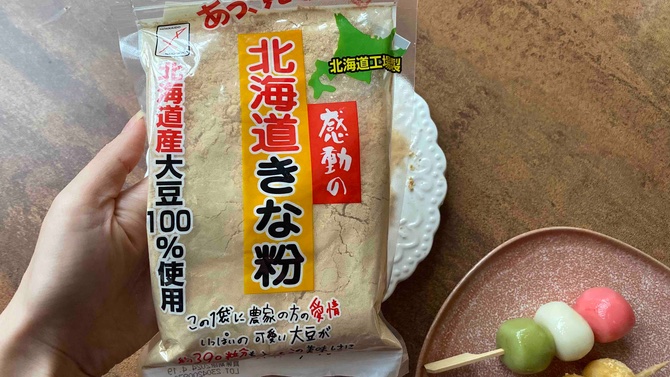
Interested to discover more about Japanese cooking? Let’s keep in touch on Instagram, Facebook, and Pinterest.
Sharing is caring:

Japanese Dango - Mitarashi Dango, Hanami Dango, Kinako Dango
Video
Ingredients
Mitarashi dango and Kinako dango:
- 120 g glutinous rice flour
- 10 - 12 tbsp water
- Pinch of sugar
- Kinako flour and powdered sugar
For sweet soy sauce glaze:
- 25 g crystal sugar
- 1 tbsp soy sauce
- 1 tsp starch (potato or corn)
- 60 ml water
Hanami dango:
- 60 g glutinous rice flour
- 5 - 6 tbsp water
- 20 g sugar
- Red food coloring and matcha powder
Instructions
- I made one batch of dough separately for mitarashi dango and kinako dango, and another batch for hanami dango because I wanted to add more sugar to them as they are not served with anything else. However, you can prepare the dough all at once for all types.
Mitarashi dango and Kinako dango:
- In a bowl, mix together rice flour, a pinch of sugar, and water. If the dough seems dry or difficult to knead, add a bit more water.
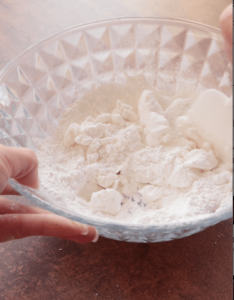
- You will get 12 dango dumplings, each weighing around 18 - 19 grams.
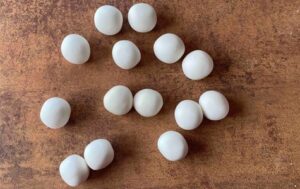
- In a pot, heat water, and place the dumplings into the boiling water, cooking for about 3-4 minutes. The dumplings will float to the surface. I suggest putting the cooked dumplings on a plate and you can sprinkle some water on the plate - they will stick less.
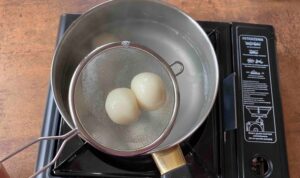
- Prepare the sweet soy sauce glaze. First, thoroughly mix the ingredients in the pan to ensure that the starch completely dissolves. Only then start heating. Heat the sauce over low to medium heat until it reaches approximately this consistency. It doesn't take long.
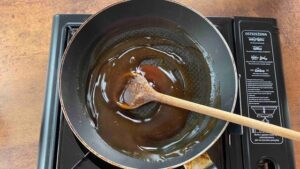
- Thread the dango dumplings onto skewers and coat them in the sauce. I placed three pieces on one skewer. It's easier to handle the dumplings when you wet your hands with water.

- On a plate, mix roasted soy flour with powdered sugar (not with granulated sugar like I did :D) and coat the dumplings.
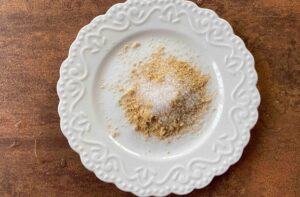
Hanami dango:
- Prepare the dough in exactly the same way as in the first case. You will get 6 dumplings, each weighing around 18 - 19 grams.
- Color two dumplings with red dye. Be careful, better to add less at first. The dumplings should be only lightly pink. I may have overdone it a bit.

- Color another two dumplings with matcha powder.

- Cook the dumplings in the same way as in the first case and thread them onto skewers in this order - green, white, and pink.
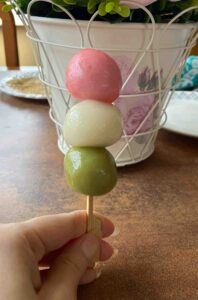
Itadakimas!

